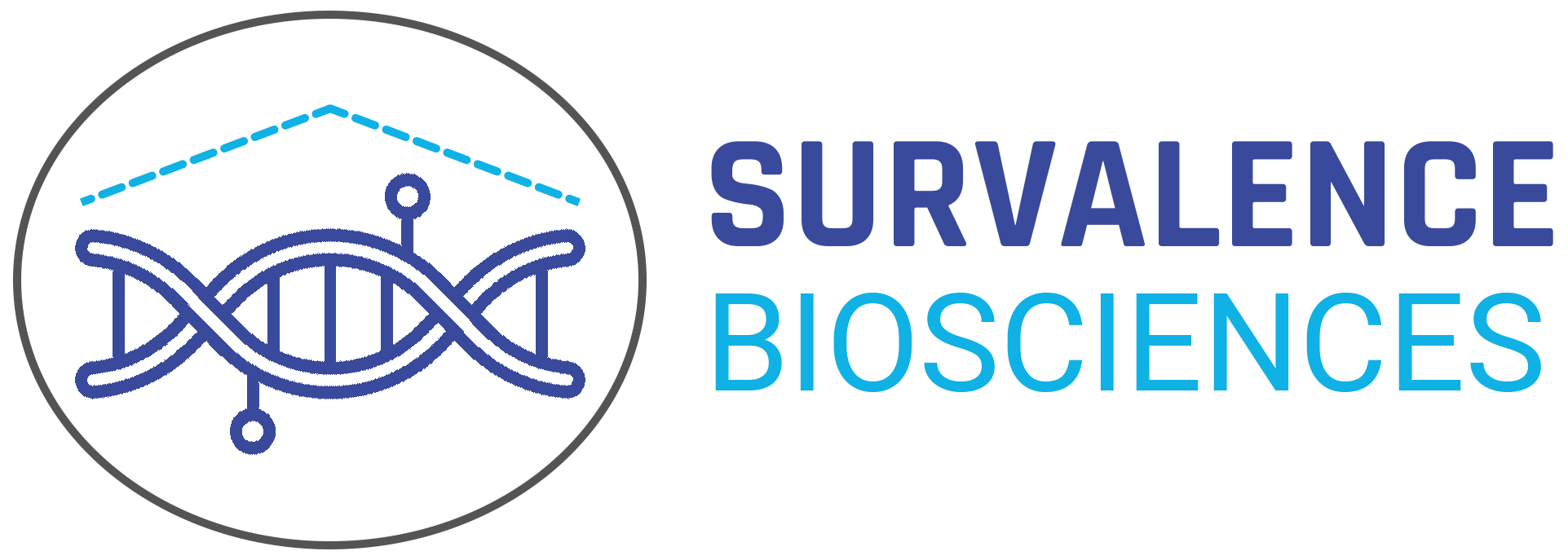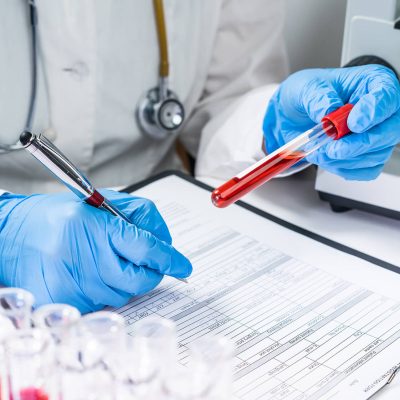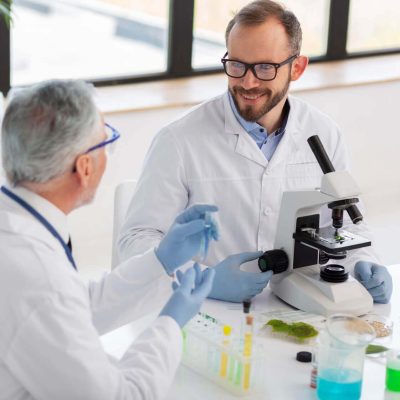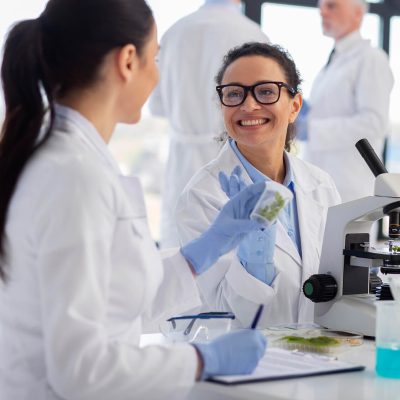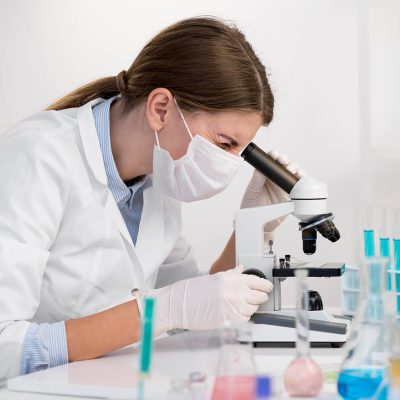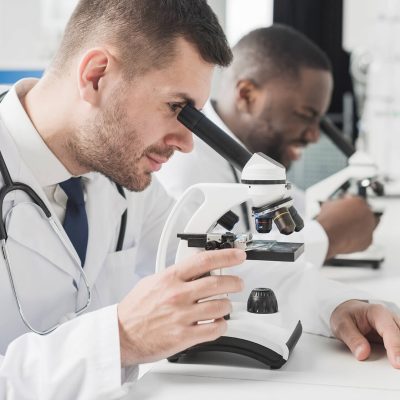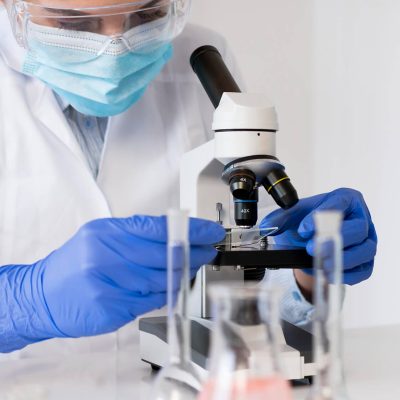Cancer Prevention
information to potentially lower your cancer risk.
This is precision primary cancer prevention.
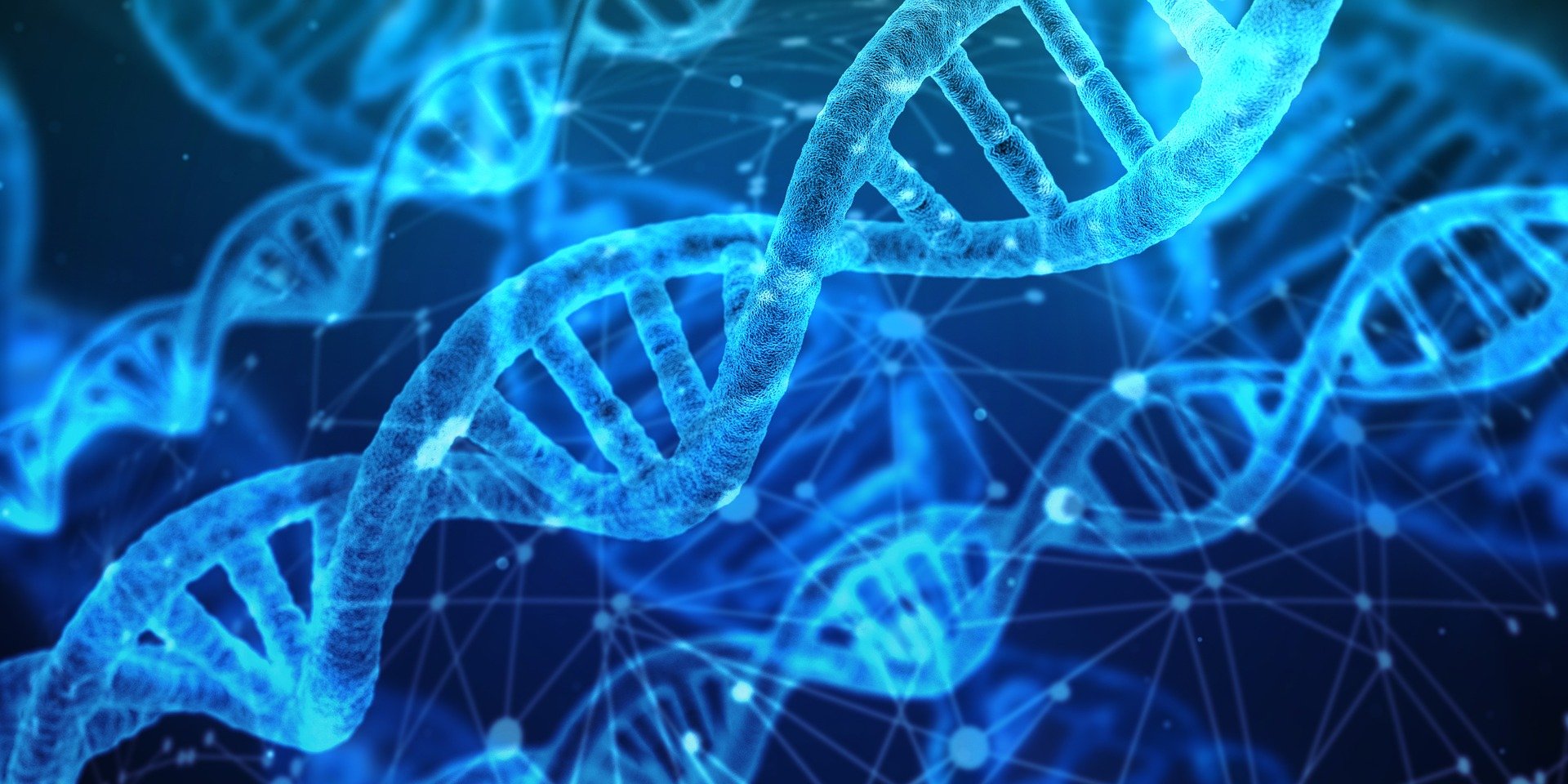
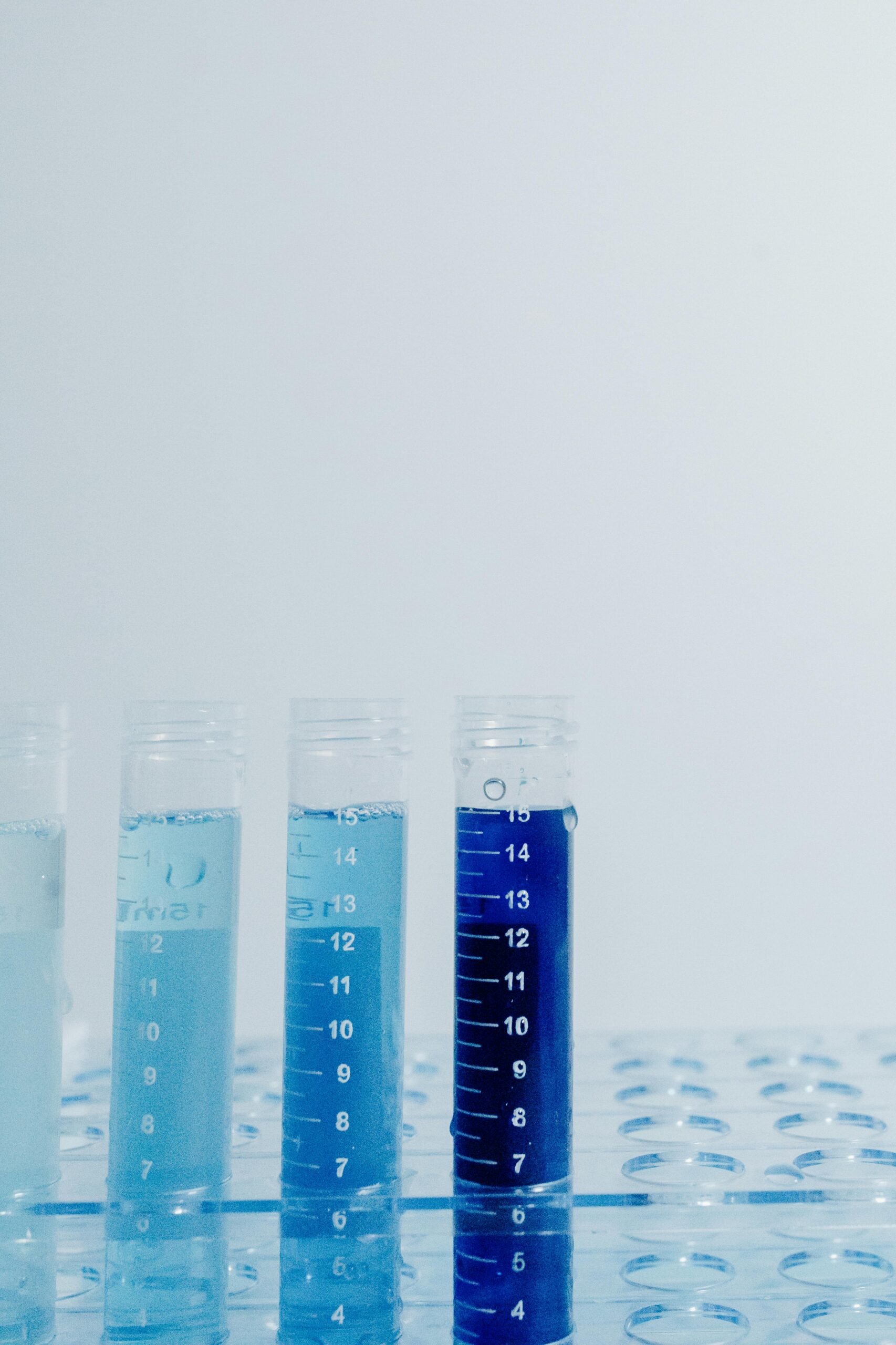
Identifying Environmental Origins of Cancer
Cancer is largely an exposure disease. Risk increases from many exposures such as smoking, sun exposure, radon, some diets (e.g. over-grilled red meat), and some pollution. Occupation, residence, and personal habits can contribute to the burden of carcinogens for a person, increasing cancer risk.
Carcinogens adduct (firmly attach) to the nucleotides of DNA, giving damaged nucleotides referred to as “DNA adducts”. Because these DNA adducts can lead to cancer, they are also referred to as “DNA cancer seeds,” which contaminate DNA.
- Advances in cancer treatment are only PART of the answer
- Cancer treatment may always be miserable, in one way or another
- Modern, biological treatments for cancer currently are very expensive
The Survalence Approach: DNA Adduct testing, followed by personalized, specific advice for reducing cancer risk.
How it Works
Once you identify your DNA adducts, you thereby discover your carcinogen exposures, defining specifically how you should change your environment (defined in the broadest sense, e.g. including diet and lifestyle) to lower these adducts and thereby potentially reduce your cancer risk. This is precision primary cancer prevention.
Sample Collection
People are tested by furnishing a urine specimen. Urine is where the body mainly dumps its DNA CANCER SEEDS.
Testing
Survalence uses a powerful, new technology, based on mass spectrometry, for detecting and identifying DNA CANCER SEEDS.
Results & Action
Identify genotoxic exposures by discovering a person’s cancer seeds, defining how to lower them and potentially prevent cancer.
Why Genotoxic Exposure Testing is Needed
In part, to help explain and help stop the increase in young cancer victims

Dr. John Deo
Laboratory Managers
Cancer incidence has been increasing in recent years for ages less than 50 – the only age group with an increase in overall cancer incidence between 1995 and 2020. (Source)
About 1 in 260 children will develop cancer before the age of 20. (Source)
Cancer is the second leading cause of death in children ages 1 to 14. About 1,040 children under the age of 15 in the United States are expected to die from cancer in 2024. (Source)
95% of people who had childhood cancer will face a significant health problem related to their cancer or treatment by age 45. (Source)
Words from Potential Research Partners & Collaborators

Dr. John D. Groopman, Ph.D.
Johns Hopkins Bloomberg School of Public Health"The use of environmental chemical specific DNA adduct measurements in exposure, dose and risk analysis has been in stasis for the past decade and new methods are very much needed. One of the pioneers of this concept was Bernard Weinstein, who (along with many others) pushed the idea of this test. It is remarkable that 40+ years have gone by and still there is nowhere in the world where one can send a biosample and obtain a broad- scope DNA adductomics test: the Weinstein vision continues to be unfulfilled."

Robyn Leigh Tanguay, Ph.D.
Oregon State University“The CaSe assay … would fill an enormous data gap in our research program. Not only would it enable us to learn what is happening in detail to the DNA in our experiments, but also to more fully characterize the exposures including their impact on the overall biology. Indeed, the entire field of exposure studies with animal and cell culture studies severely needs an assay with the properties of CaSe.”
All The Gret Work That We Done
We’ll Ensure You Always Get The Best Result
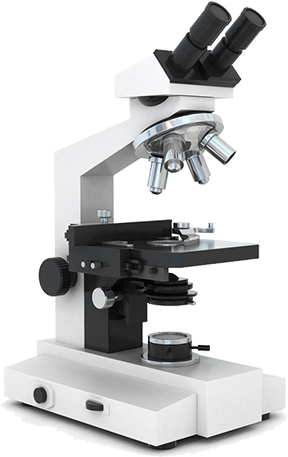
Our Workig Best Processs

Explane Projects
There are many varios passages
suffered alten in some

Generate Proposal
There are many varios passages
suffered alten in some

Testing Begins
There are many varios passages
suffered alten in some

Reports Delivered
There are many varios passages
suffered alten in some
1
+Our Happy Clients
1
+Professional Staff
1
+Year OF Experience
1
+Lab TEchbicians
